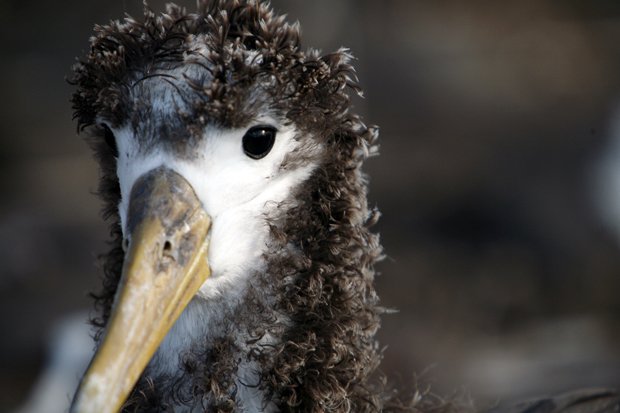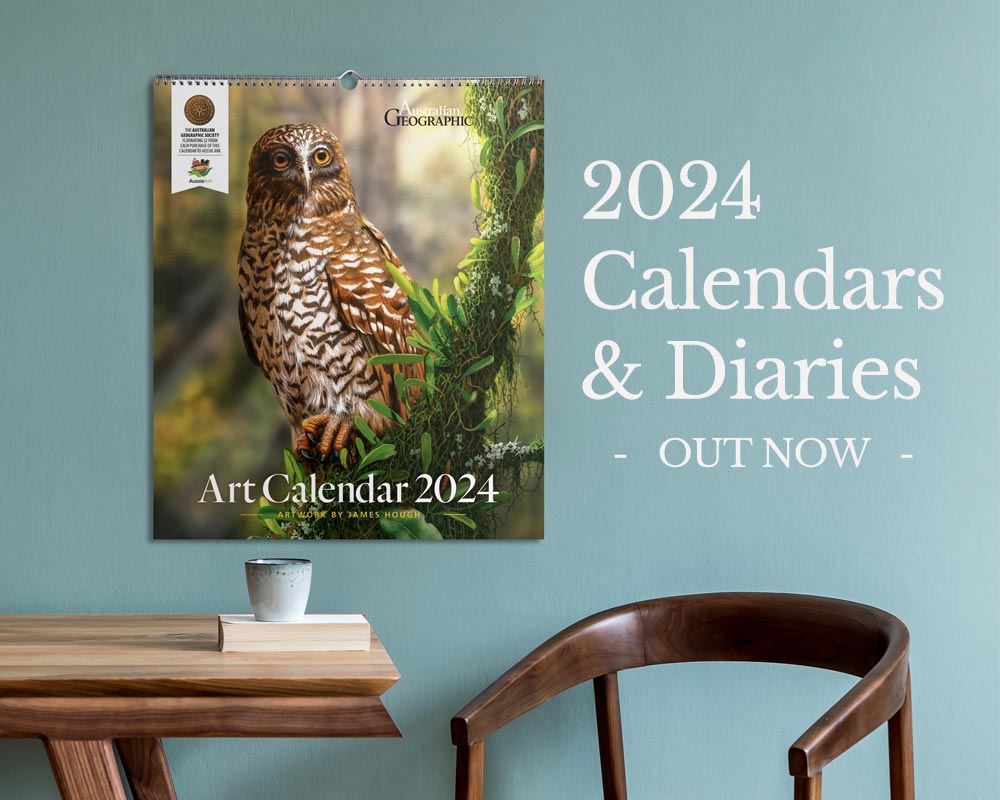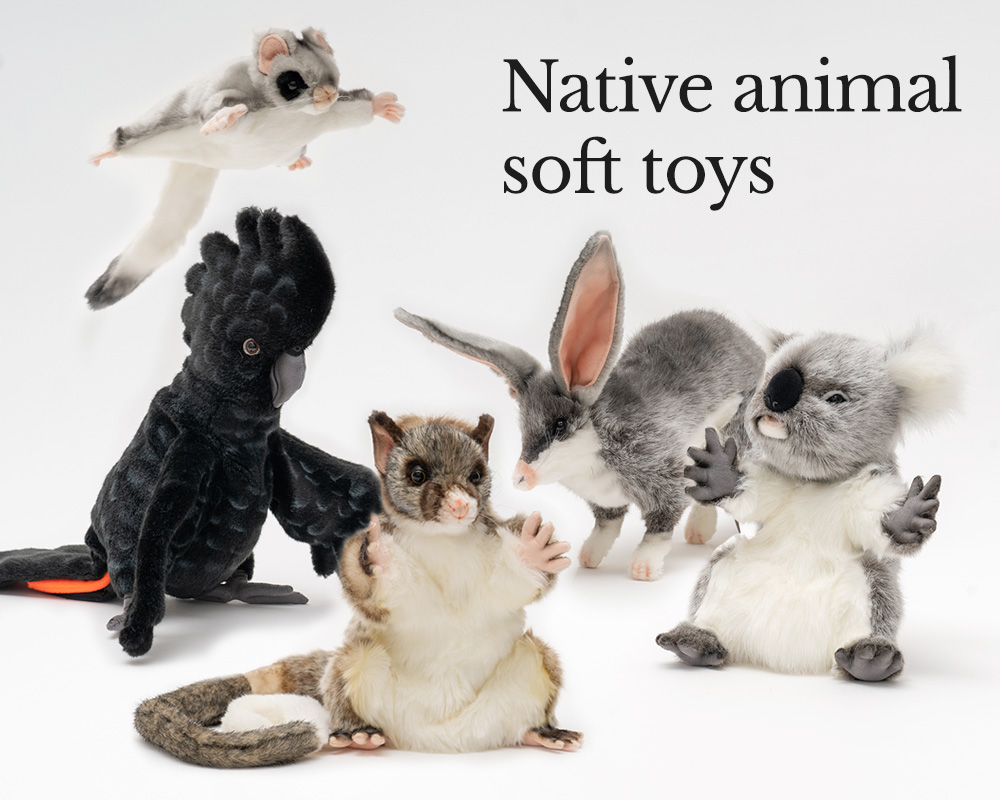Galapagos: ultimate nature adventure, day 6

Day 6. AG editor Ian Connellan tours the Galápagos Islands, off the coast of South America.
WHEN WE WAKE, WE’RE roughly midway between Isla San Cristobal and Isla Española on a lightly choppy sea.
Our Galápagos journey now has us seeing the oldest islands in the chain – those that first emerged from the waves as long as 5 million years ago, and which have been worn down over time. Eventually they’ll erode away and slide beneath the waves, as the Nazca plate glides gradually eastwards.
We kick off the day with a panga tour of Gardner Island’s sea cliffs, just offshore from Española, and – near the front of a deep sea cave with blowhole at back – are treated to the sight of a Sally Lightfoot crab just starting to shed its shell.
The shoreline here features much older, rounded lava boulders at the waterline; the hand of time is really plain to see. A point nearby is a favourite perch for frigatebirds, Nazca boobies and blue-footed boobies and we also see our first swallow-tailed gull here – an unusual, nocturnal gull species with distinctive red rings around its eyes.
Afterwards we go ashore to walk along the beautiful white-sand beach at Gardner Bay, gawping at massed seal lions with countless young. I stop to take a photo of a lava lizard and a Darwin’s finch lands right beside me and starts picking at seeds, a genuine ‘wow’ moment.
A couple of us top off the morning with a cooling swim, on which we’re accompanied, of course, by several playful sea lions. Several expeditioners go snorkeling before lunch in the deep water around rocks we’d cruised past in the pangas earlier, and see sea lions, corals, sardines, rays and very steep rock walls falling away to deep water.
But the day’s highlight is our afternoon walk at Punta Suarez, a wildlife wonderland where we’re literally tripping over marine iguanas (Amblyrhynchus cristatus) and sea lions, blue-footed boobies, waved albatross (Phoebastria irrorata) chicks and adults, swallow-tailed gulls, Galápagos hawks (one of which we watch attack and kill a booby chick) and nesting Nazca boobies.

A Waved albatross chick (Phoebastria irrorata)
We sit on the blowholes, birds wheeling past the cliffs, marine iguana nesting site, big lava lizards, Galápagos doves, many many Darwin’s finches (cactus, ground and tree)
Read more blogs in the Galápagos series
Find out more about the next Peregrine/AG trip with Ian Connellan to see Borneo’s orangutans.




